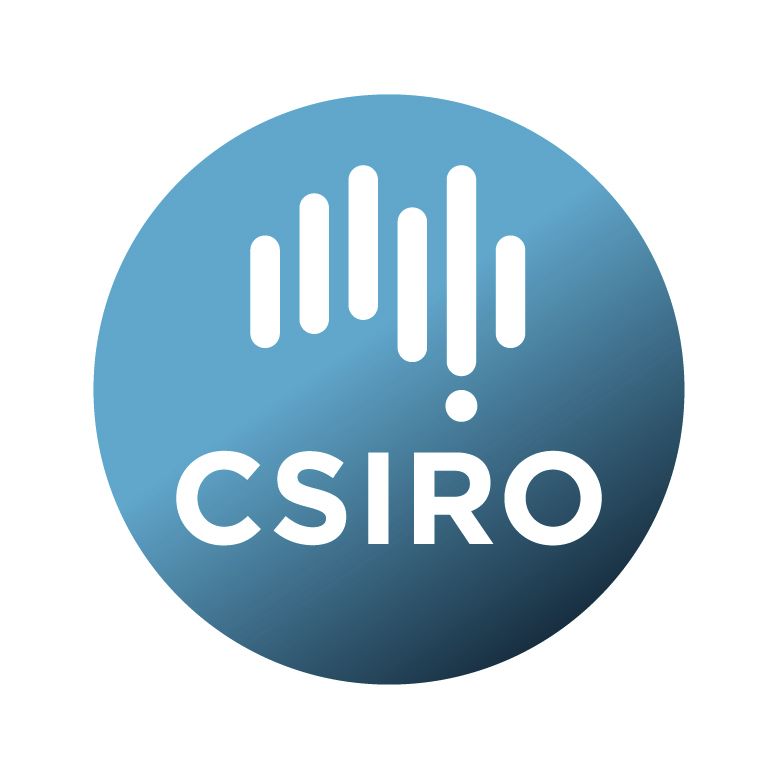Brief description
Ambient aerosol data, including condensation nuclei larger than 10 nm (CN10) and cloud condensation nuclei at a range of supersaturations, were collected in the clean air laboratory at the Australian research station on Macquarie Island located in the Southern Ocean.Data from two instruments are reported in this dataset:
-\tTSI CPC 3772 – measures the total number concentration of aerosols with diameters larger than 10 nm (CN10)
-\tDMT CCNC-100 – measures the total number concentration of cloud condensation nuclei at specified supersaturations as determined by the user.
Sample air was drawn into the clean air laboratory through a sample inlet positioned 1.5 m above the roofline (~4 m above ground level). The sample line was a bespoke design with a TSP (Total Suspended Particles) weather hat mounted atop a vertical 3” stainless tubing which provided both protection and vertical stability in the high wind environment. Through a bored-out Swagelok bulkhead fitting, ¾” stainless steel tubing penetrated to the height of the weather hat. The weather hat had 3 tie-down holes for guy wires to be attached for stabilisation. The top metre of the inlet, together with the weather hat were heated continuously to prevent icing with self-regulating heater tape designed to prevent ice build-up on commercial walk-in freezer doors. Heater tape was covered in insulation and then weather and UV-proof heat-shrink.
The ¾” tubing that penetrated through the roof was connected inside the lab to a PM2.5 very sharp cut cyclone (VSCC), with a bypass flow set by a mass flow controller to be 16.67 LPM moving through the VSCC. Both the CCNC and CPC sampled air off the bypass flow at flow rates of 0.5 LPM and 1.0 LPM, respectively.
Once quality controlled, CPC concentration data were resampled from 1 Hz to an hourly timebase, with various statistics calculated and presented including:
•\tcn_med – median CN number concentration (units cm-3)
•\tcn_mad – median absolute deviation of CN (units cm-3)
•\tcn_avg – mean CN number concentration (units cm-3)
•\tcn_std – standard deviation of CN (units cm-3)
•\tcn_count – number of 1 Hz sample points used to calculate statistics (no units)
The CCNC was run on a regular supersaturation schedule, set to change between 0.2, 0.4, 0.5, 0.6, 0.8 and 1.0% supersaturation every 10 minutes, resulting in a full supersaturation spectra every hour. After correcting for calibration pressures, all of these supersaturations increased by 0.0504%. After resampling from 1Hz data, for each supersaturation (0.x504), the following statistics were reported for each hour:
•\tccn_0.x504_med – median CN number concentration (units cm-3)
•\tccn_0.x504_mad– median absolute deviation of CN (units cm-3)
•\tccn_0.x504_avg – mean CN number concentration (units cm-3)
•\tccn_0.x504_std – standard deviation of CN (units cm-3)
•\tccn_0.x504_count – number of 1 Hz sample points used to calculate statistics (no units)
Merged dataset
The final dataset reports both CCN and CN hourly statistics, with variables from each instrument stated above, using UTC+10 time zone.
Data are provided as both hdf and csv files. For hdf files, the required key to access the data is ”data”.
Lineage: Data are measured by the instruments and then quality controlled to remove periods of maintenance and instrument issues, as well as calibrate for deviations in flows and other conditions. Data are then resampled to hourly and daily statistics.
Available: 2022-07-01
Data time period: 2016-04-05 to 2018-03-04
Subjects
Atmospheric Aerosols |
Atmospheric Sciences |
Earth Sciences |
Macquarie Island |
Southern Ocean |
aerosol |
aerosols |
atmospheric science |
ccn |
cn10 |
User Contributed Tags
Login to tag this record with meaningful keywords to make it easier to discover
Identifiers
- DOI : 10.25919/G7JX-K629

- Handle : 102.100.100/432199

- URL : data.csiro.au/collection/csiro:53051



